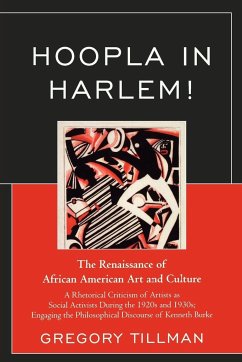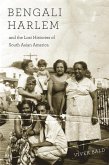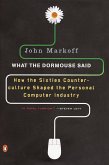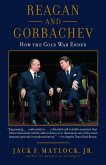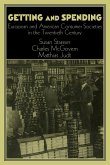African American artists during the Harlem Renaissance were social activists, making a significant contribution to black culture and aesthetics. This book engages the philosophical discourse of Kenneth Burke and examines these artists as activists, and their works as symbols of social protest.
Hinweis: Dieser Artikel kann nur an eine deutsche Lieferadresse ausgeliefert werden.
Hinweis: Dieser Artikel kann nur an eine deutsche Lieferadresse ausgeliefert werden.

